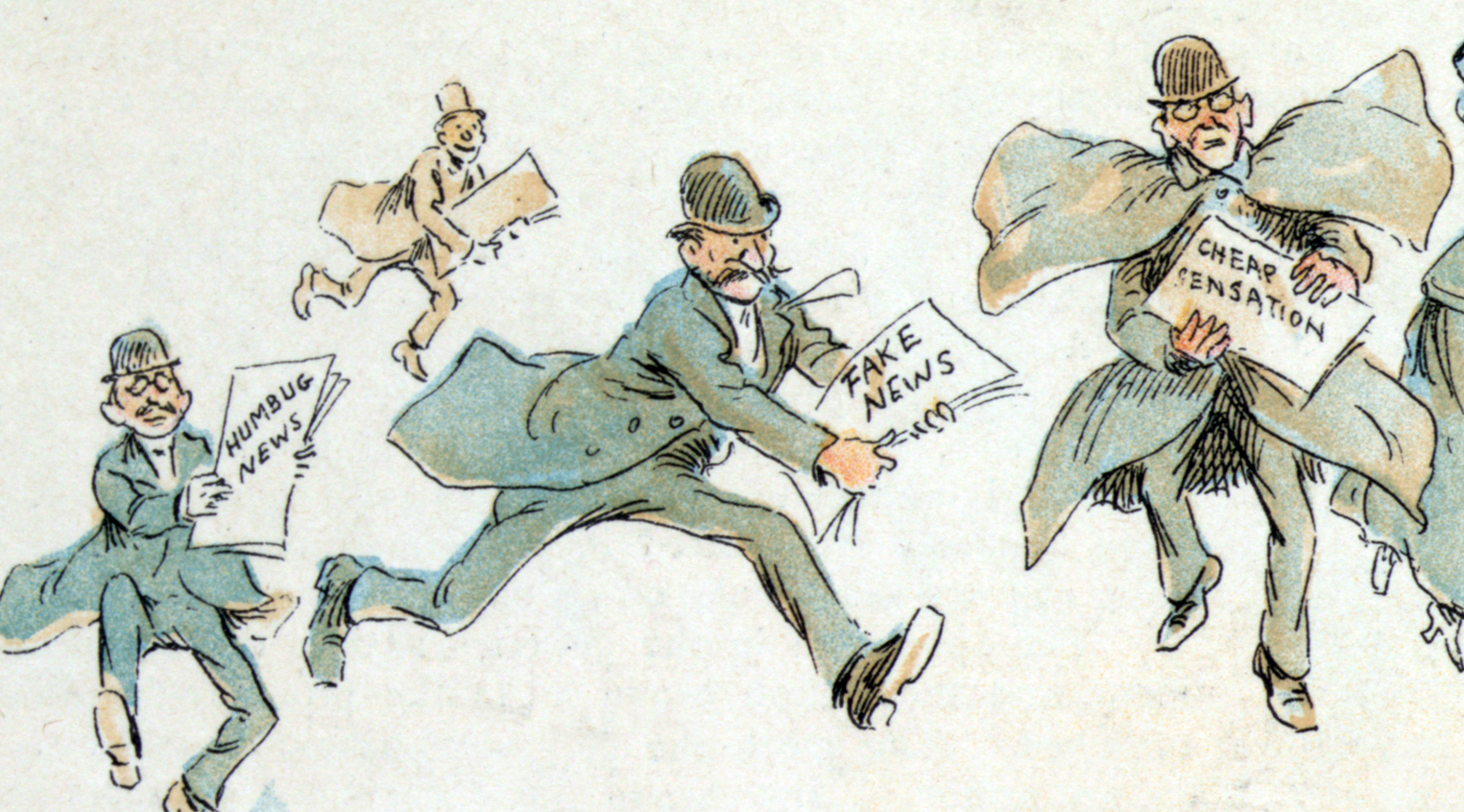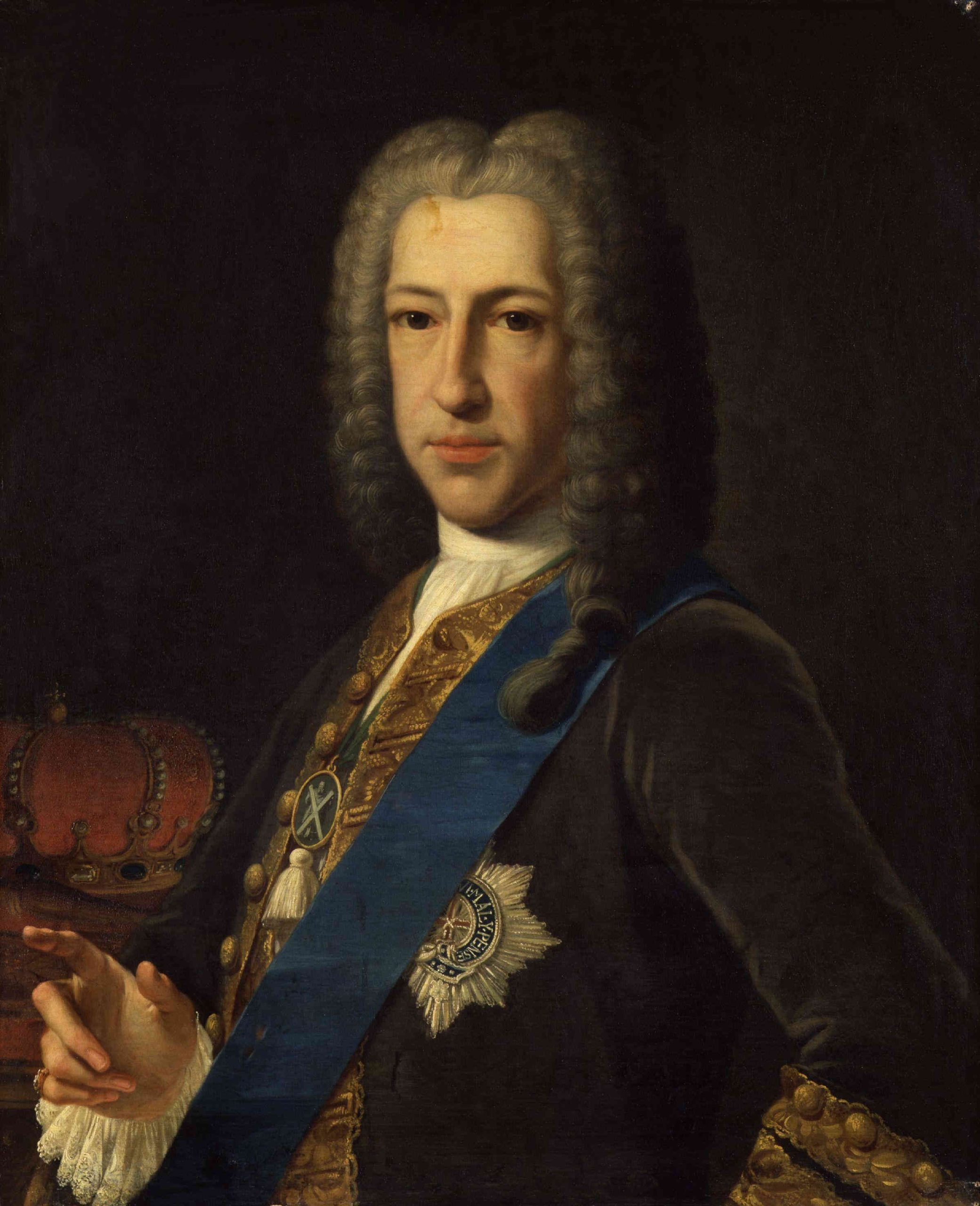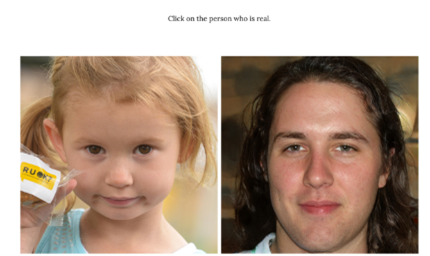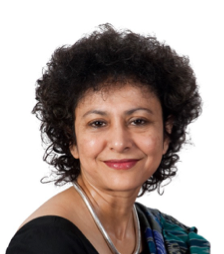What is ‘misinformation’, how does one recognise it, how can one counter it, and what is the relationship between misinformation and freedom of expression? These are just a few questions that this serious topic gives rise to. This article addresses the notion in general terms, and subsequent articles will explore practical cases, initiatives to combat misinformation, and the difficulty of combating misinformation while protecting freedom of expression.
Introduction:
 Reporters with various forms of « fake news » from an 1894 illustration by Frederick Burr OpperWe are all familiar with the term “fake news”, which has become a feature of our society and is often associated with social media. There is growing evidence that it tends to thrive where human rights are constrained. Conversely, where freedom of opinion and expression is protected, civil society, journalists and others are able to challenge falsehoods and present alternative viewpoints. The United Nations is therefore a primary actor in trying to deal with this significant challenge. [1]
Reporters with various forms of « fake news » from an 1894 illustration by Frederick Burr OpperWe are all familiar with the term “fake news”, which has become a feature of our society and is often associated with social media. There is growing evidence that it tends to thrive where human rights are constrained. Conversely, where freedom of opinion and expression is protected, civil society, journalists and others are able to challenge falsehoods and present alternative viewpoints. The United Nations is therefore a primary actor in trying to deal with this significant challenge. [1]
 James Francis Edward Stuart, the ‘Old Pretender,’ or ‘Chevalier de St George’ portrait from 1748Fake news is nothing new. For example, back in the mid-1700s, during the height of the Jacobite rebellion in Great Britain, seditious printers printed fake news, even going so far as to report that King George II was ill, in an attempt to destabilize the establishment.
James Francis Edward Stuart, the ‘Old Pretender,’ or ‘Chevalier de St George’ portrait from 1748Fake news is nothing new. For example, back in the mid-1700s, during the height of the Jacobite rebellion in Great Britain, seditious printers printed fake news, even going so far as to report that King George II was ill, in an attempt to destabilize the establishment.
The concept of misinformation, disinformation, and fake news
There are unfortunately no internationally accepted definitions of these terms. However, misinformation is false content that is unintentionally or unknowingly disseminated, whereas disinformation consists of false content that is intentionally disseminated with intent to harm. Fake news generally refers to disinformation. It is defined as purposefully crafted, sensational, emotionally charged, misleading or totally fabricated information that mimics the form of mainstream news.[2] There is also another term “mal-information”, which is information based on reality, used to inflict harm on a person, social group, organisation or country.
 The image on the left is real; the image on the right is computer generated. Source: whichfaceisreal.comAnother more sophisticated form of disinformation are deepfakes, which are videos that have been edited using an algorithm to replace the person in the original video with someone else (especially a public figure) in a way that makes the video look authentic. (C.f. “Deceptive Images: Deepfakes and the veracity of the video image by Eleanor Surbey in the June 2021 edition of ALNU’s newsletter.) Therefore, deepfakes could be said to be a subset of disinformation.
The image on the left is real; the image on the right is computer generated. Source: whichfaceisreal.comAnother more sophisticated form of disinformation are deepfakes, which are videos that have been edited using an algorithm to replace the person in the original video with someone else (especially a public figure) in a way that makes the video look authentic. (C.f. “Deceptive Images: Deepfakes and the veracity of the video image by Eleanor Surbey in the June 2021 edition of ALNU’s newsletter.) Therefore, deepfakes could be said to be a subset of disinformation.
Actors and vectors
False information is not a new problem, but it’s one that has come to the forefront with the advent of social media in the 1990s and especially with their rampant growth in the late 2000s, which allows it to spread rapidly and widely. Furthermore, false information is amplified by algorithms and business models designed to promote sensational content that keep users engaged on these platforms. The actors and vectors of the global disinformation system can be classified into three main categories:
-
- Commercially motived. Essentially, disinformation is a modern way in the digital era of making money by purposefully spreading lies.
- Politically motivated. This is done for multiple motives, including political, ideological or even commercial, by multiple actors, including States, political parties, politicians and other powerful individuals or businesses.
- Ideologically driven. This includes propaganda by extremist or terrorist groups, who use this to radicalize and recruit members.
Nevertheless, the growth of disinformation in recent times cannot be attributed solely to technology or malicious actors. It is also the consequence of societal crises and the breakdown of public trust in institutions.
Targets and victims
 Irene Khan, the Special Rapporteur on the promotion and protection of the right to freedom of opinion and expressionThe submissions received by Irene Khan, the Special Rapporteur on the promotion and protection of the right to freedom of opinion and expression, suggest that much of the targeting is politically motivated against institutions and individuals in vulnerable situations and affects a wide range of human rights, including economic, social, cultural, civil and political rights. In this context, it is doubly disturbing that smear campaigns against journalists have become more pernicious on social media networks and, recently, journalists have been jailed on charges of “fake news” for reporting truthful information! There have been reports of misinformation designed to undermine democratic elections.
Irene Khan, the Special Rapporteur on the promotion and protection of the right to freedom of opinion and expressionThe submissions received by Irene Khan, the Special Rapporteur on the promotion and protection of the right to freedom of opinion and expression, suggest that much of the targeting is politically motivated against institutions and individuals in vulnerable situations and affects a wide range of human rights, including economic, social, cultural, civil and political rights. In this context, it is doubly disturbing that smear campaigns against journalists have become more pernicious on social media networks and, recently, journalists have been jailed on charges of “fake news” for reporting truthful information! There have been reports of misinformation designed to undermine democratic elections.
 Over the past two years, the spread of disinformation and misinformation by non-State sources, causing confusion and risk-taking behaviours that can harm health, has posed significant challenges to the right to health and responses to the COVID-19 pandemic. This infodemic has ranged from discrediting the threat of COVID-19 to conspiracy theories that vaccines could alter human DNA.
Over the past two years, the spread of disinformation and misinformation by non-State sources, causing confusion and risk-taking behaviours that can harm health, has posed significant challenges to the right to health and responses to the COVID-19 pandemic. This infodemic has ranged from discrediting the threat of COVID-19 to conspiracy theories that vaccines could alter human DNA.
Scientific information concerning climate change has been discredited and environmental activists have been attacked through well-organized online disinformation campaigns. Ideological and identity-based disinformation has fomented discrimination and hatred against minorities, migrants and other marginalized communities, while women have also been targeted in an attempt to prevent them from participating in the public sphere. Moreover, human rights defenders and civil society organizations have been subjected to vilification by online disinformation campaigns.
In terms of the response to these problems by the United Nations, the World Health Organisation (WHO) has attempted to combat the COVID-19 infodemic through a series of communication campaigns[3]. UNESCO has also not been idle, producing an important publication called “Balancing Act: Countering Digital Disinformation while respecting Freedom of Expression”.[4]
[1] https://www.ohchr.org/EN/Issues/FreedomOpinion/Pages/Report-on-disinformation.aspx
[2] https://guides.temple.edu/fakenews
[3] https://www.who.int/health-topics/infodemic#tab=tab_1
[4] https://en.unesco.org/publications/balanceact
